Student Reports: Engineering in London, 2019
Twenty-two students spent five weeks in London, England, studying thermodynamics and circuits. Students learned about the origin of the industrial revolution, the “second” industrial revolution of electrical machines, and the birth of the computer age through visits to important historical locations in the region. Below are first hand accounts of several students’ adventures abroad.
Alexis Walsh
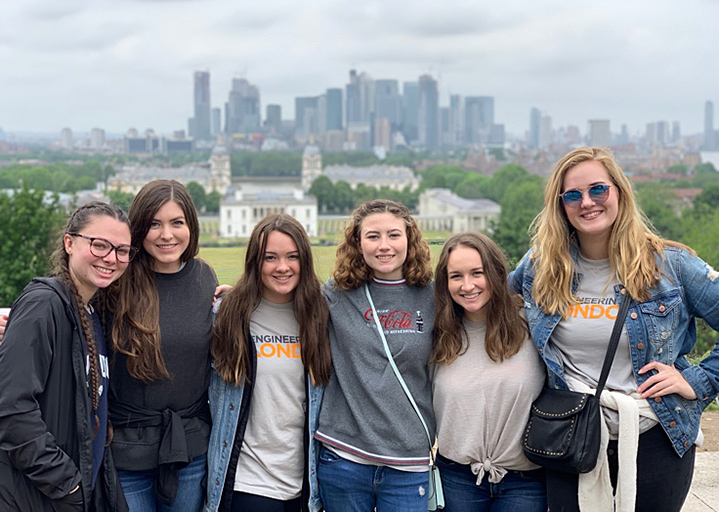
During our time in London, our group of twenty-two college students and our two professors went on many excursions: a scavenger hunt in the London Science Museum, a tour of the Kew Bridge Steam Museum, and even a trip around the London Eye.
One outing that stands out in my mind, though, is our time in Greenwich. That day we visited the Cutty Sark, stood over the Prime Meridian, and explored the Royal Observatory. Not only did we learn about the concepts of circuits and thermodynamics on this experience abroad, but we also got to learn about history and how that history has shaped the modern world. In the Royal Observatory, I had the chance to see and read about John Harrison’s four timekeepers as he continually improved the design and accuracy of the clock made for sea voyages.
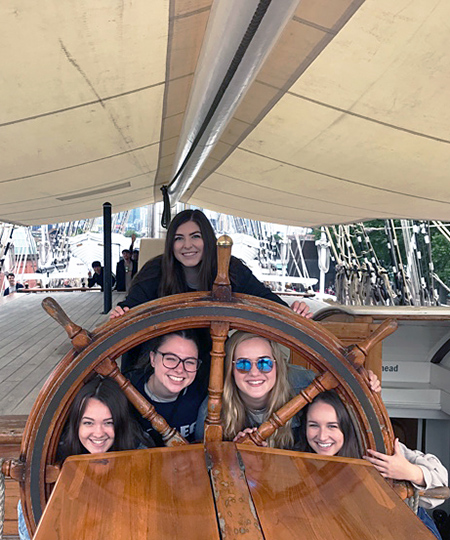
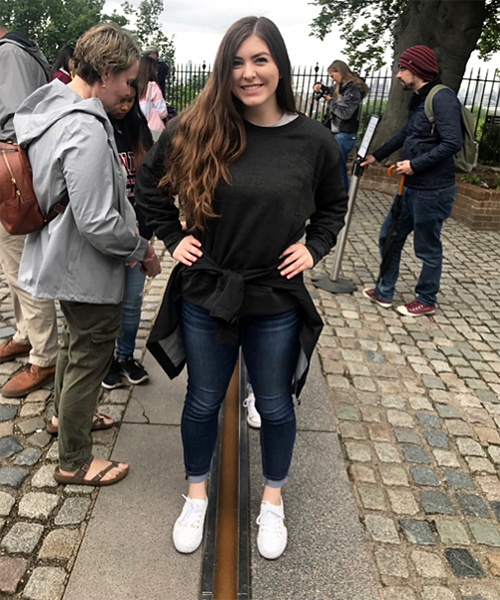
My time in London has strengthened my appreciation for the engineers of the past for all of the time, effort, and imagination that they put into creating these masterpieces that we still use today. That day at the Royal Observatory in Greenwich was a turning point for me during this study abroad experience. These group photos are the first ones that us students took simply because we wanted to have pictures documenting our time together and the fun we were having as friends. I am so thankful for the academic and cultural knowledge that I gained from this experience as well as the close friendships that I will take home with me.
Zaky Hussein
The Kew Bridge Waterworks was founded along the River Thames to help provide clean water to the people of London. Today, it is home to the Kew Steam and Water Museum. I felt an air of mystery approaching the building, being an hour outside of central London. The Victorian-styled brick building stands in stark contrast to the surrounding architecture. A large tower looms higher than any other buildings in the area, bearing a resemblance to a smokestack. Thankfully, the Engineering In London program was greeted by a genial tour guide, ready to delight us with the story of steam power, bringing warmth to the impersonal building.
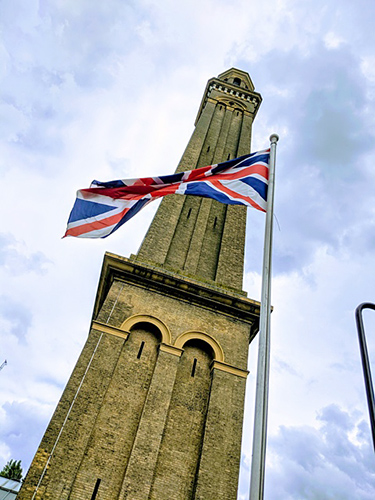
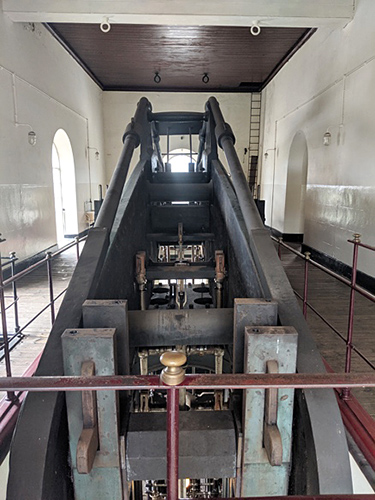
Walking into the museum, I felt transported back to nineteenth-century Britain. I was immersed by the noises of the steam engines coming together with the damp metal smell. We began our tour in a room with a few steam engines operating (Watt and Cornish). Our guide explained the history of Kew with a miniature model. Coal was brought from mines in northern Britain by rail. Water would be drawn from the river Thames through sand filtration beds. Some of this water would be used in the various steam engines as a working fluid. These steam engines provided the power to pump the water up into a storage tower. He was clear to point out the tower was not a smokestack, but rather a method of storing clean water that could be pumped throughout London by simply using gravity. From here, we moved onto room containing various steam engines. We were regaled with stories behind the Cornish Cycles and the intense patent feuds Watt had with early competitors to his steam engine.
Kew’s star engine was the ninety-inch diameter “Grand Junction”. It operated on the Cornish beam cycle and spans 3 floors and weighing in at 250 tons. It operated at Kew for 98 years. When Charles Dickens visited Kew, he described it as “monster” capable of pumping water up “1/20th of a mile in one tremendous squirt”. The Grand Junction and other star engines in the day ran on the Cornish cycle which was a higher pressure cycle than earlier Watt and Boulton engines. We ended our tour with a demonstration of one the Cornish cycle engines, with an operator controlling the inlet and outlet valves for steam. Simply breathtaking. The Kew Steam and Water Museum illustrated the applications of Thermodynamics and the influence of steam engines on everyday people and the power of technology on society.
Heather Nevills
During the Engineering in London study abroad experience, I saw many engineering marvels, such as the London eye, the Thames Barrier, and the steam engines at Kew Bridge.
My favorite excursion by far was the trip to AMRC at Sheffield where I learned about new technologies that make our world more efficient and safer. Our tour guides showed us augmented reality technology that they use to test and analyze mechanical and electrical systems. Then we saw a machine that measures the positions of a thousand or more different points on a prototype part so that they can have accurate measurements that fit within their thresholds before the part goes into production. I thought it was interesting how AMRC gets companies to work together to solve a common problem that they wouldn’t otherwise work on together. The dynamic that AMRC has with companies allows for collaborative research to increase the efficiency of their processes.
Connor Zabo
During the Engineering in London Study Abroad Program, I was able to visit a museum dedicated to one of the more famous engineers that changed life into what is today. Isambard Brunel was famous for many of the engineering feats he had accomplished. The Brunel Museum was located inside one of the large shafts that was made by Brunel by a sinking shaft that was fifty feet in diameter. This alone helped me understand how innovative Brunel was during his time.
I was also able to see the bridges of impeccable design that he based off Egyptian style in efforts to make stand against the test of time. The experience of seeing what and how he built his many projects during his time gave me reassurance that anything is possible if you set your mind to it.
Jason Li
This study abroad program in London is one of the most memorable and joyful experiences of my life. I made so many new friends that I otherwise would not have made if I did not choose to apply to this program. It has also helped me to become more independent and grow as a person in general. Every day I woke up at 7:30 a.m. and got ready for class that started at 9:00 a.m., usually over at the IES Abroad London Building. Over the course of the month, we took two classes, ME 331 Thermodynamics and ECE 301 Circuits. We started with Dr. Berry teaching us Circuits from 9 to 10:15 a.m., and then Dr. Parsons teaching us Thermodynamics from 10:30 to 11:45 a.m. Afterwards, we had a break to grab lunch before starting the lab sections. In lab, we did many problems to practice the material we had learned in the morning to make sure we fully understood the concept.
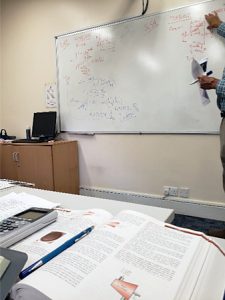
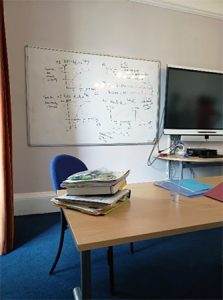
Although these are both tough classes at UT, Dr. Parsons and Dr. Berry made it extremely easy to understand the material. Learning the material in an environment like this is so unique because it’s not like a regular class where I go and sit in lecture maybe 2 times a week. It is a more immersive experience because I get to see my professors teach the material every day, and the pacing of the classes is much faster. Overall, I am glad that I made the choice to go on this program in London to learn about engineering because I believe that I will be able to retain the information I learn much better than a student who is learning it in a traditional school setting.
Ethan Vals

One of the most interesting places I visited while studying mechanical engineering abroad in London was Bletchley Park and the National Museum of Computing. I had heard of Bletchley Park after seeing the movie Imitation Game, which told the story of how Alan Turing helped create the Bombe machine to decipher messages sent from the German Enigma code machine. The movie gave me an idea of what I would see at Bletchley Park, but it was even more exciting to see the machines in person. It was also fascinating to learn the history of the people who worked there.
The best part of the day’s trip was visiting the National Museum of Computing, where we got to see a working Enigma machine. The museum guide showed us how to reconfigure the machine to create new code combinations based on a calendar system the German’s used during WWII. Next, the guide took us to a working Bombe machine. After attaching several rotors, the guide turned the machine on. Each of the rotors began to spin as the computer solved a code from the Enigma machine. We learned how the computer was able to solve the codes faster if the user submitted specific words that were expected to be in that day’s code. It was amazing to see a machine that had such a huge impact on the outcome of the war. The museum also housed several other innovative computers, including the Colossus computer which was used to decipher messages from the German Lorenz machine. Seeing the computers in person gave me a new appreciation for technological developments and encouraged me to learn more about how computers work. Studying in London has given me the chance to explore the history of engineering, and I am even more inspired to learn more about my field of study, mechanical engineering.
DeLaina McDonald
In a land far, far away… I began the journey of a lifetime. The 2019 Engineering in London study abroad program was one full of great professors, lasting friendships, numerous adventures, and many heal clicks. Even though this trip was centered on enhancing our understanding of circuits and thermodynamics, our knowledge of the industrial revolution and modern engineering was further enriched by exploring historic sites like Bletchley Park, the Michael Faraday Museum, and the Royal Observatory. However, one of my favorite field trips with the group came at the end our of program: the London Eye.
The one hundred thirty-five-meter-high structure stands on the edge of the River Thames overlooking the big city. From the top of this engineering wonder you can see some of the city’s most marvelous sites. The view was truly breathtaking. Like the trip around London Eye, the Engineering in London study abroad program will be something I will never forget. This trip was an unparalleled experience that provided me with valuable skills and friendships that I will carry back home to campus. I cannot recommend this study abroad program enough to study engineering in its birthplace and become immersed in the diverse culture of downtown London.
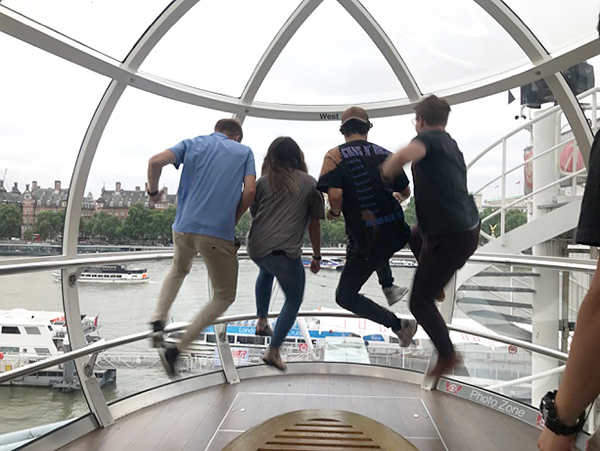
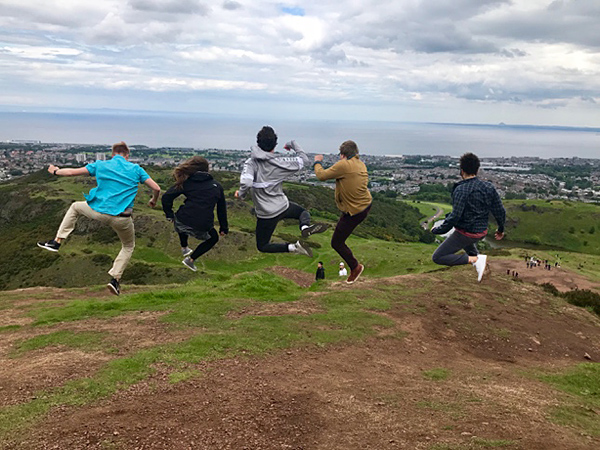
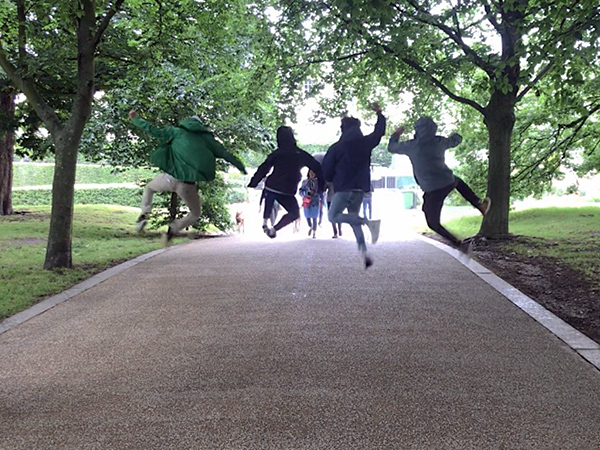
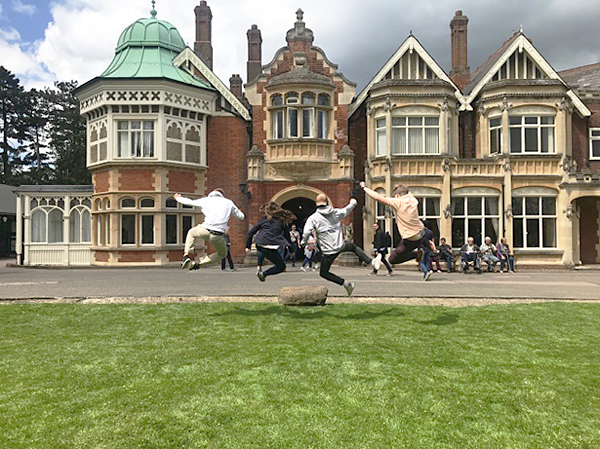
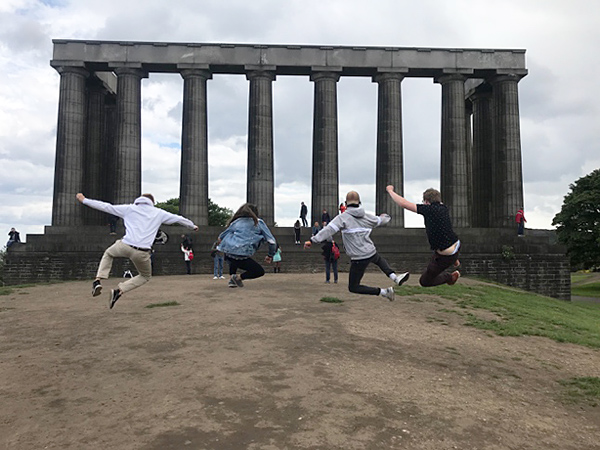
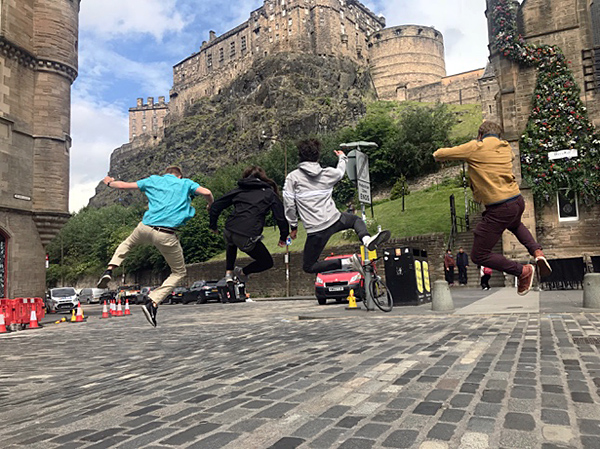
Shems-Eddine Belhout
Imagine yourself in what appears to be an ordinary lecture hall. You see a person about to give a presentation about something you never heard of, but something that would inevitably change the world. That person was Michael Faraday where in 1831 he showed his discovery of electromagnetism to the world in the London Royal Institute. Personally, I loved seeing the Royal Institute. Its history in engineering is so evident especially since the Royal Institute was built on top of Michael Faraday’s lab. We first saw the first electromagnetic coil, attempted perpetual motion machines, and various inventions from centuries ago. Very rarely do you get to see so much history especially in engineering within such a small place.
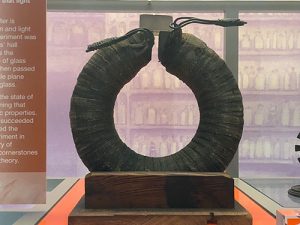
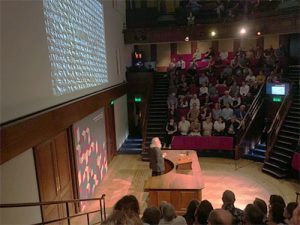
After we explored the lab we had the opportunity to experience a presentation in the exact room Faraday gave his presentation. We watched a presentation given by the Curator of the British Museum about “Decoding Egyptian Hieroglyphs.” Overall, this may have been a short experience, but an unforgettable one. I discovered that it’s crucial to follow in the footsteps of great engineers of the past so that we can become the greater engineers of tomorrow.
Matthew Trainer
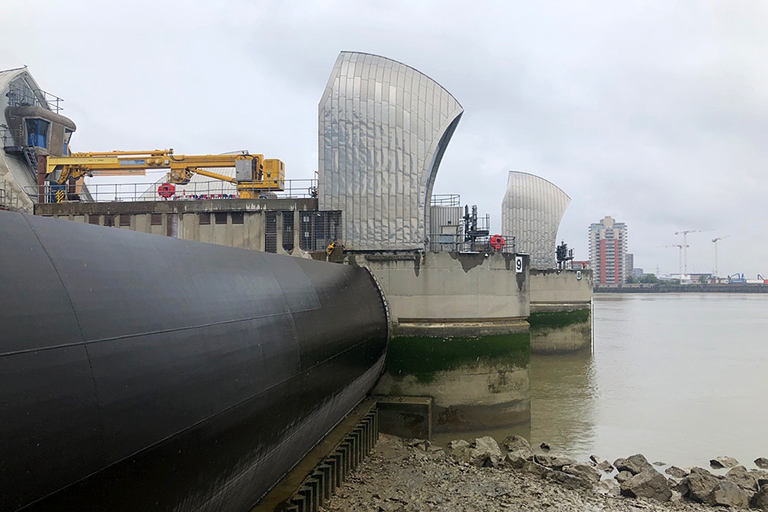
The Thames Barrier proved to be much more of a feat of engineering than I had expected. I knew it controlled the flow of water down the Thames, towards the city of London, but I assumed it would be more like a simple dam that only allowed a certain flow through. I had no idea it was actually a mechanical system that could open, close, and adjust with the tide. The massive size of each of the barriers and the ease with which they can be moved into and out of position, both above and below the water, was amazingly impressive.
The Barrier has helped to stop more than 100 possible floods, saving millions of lives and countless historic relics kept in museums and vaults along the bank of the Thames. The design of the Barrier was very carefully chosen, after many engineers proposed different ideas. In addition, the operators that gave us the in-depth explanation as to how the mechanism worked were very informative and helpful. The museum seemed geared more towards families with small children, and you could tell that the operators were excited to have a group like us. We were asking a lot of specific questions about challenges the original engineers had to overcome, and they were excited to help us understand it.
Wade Price
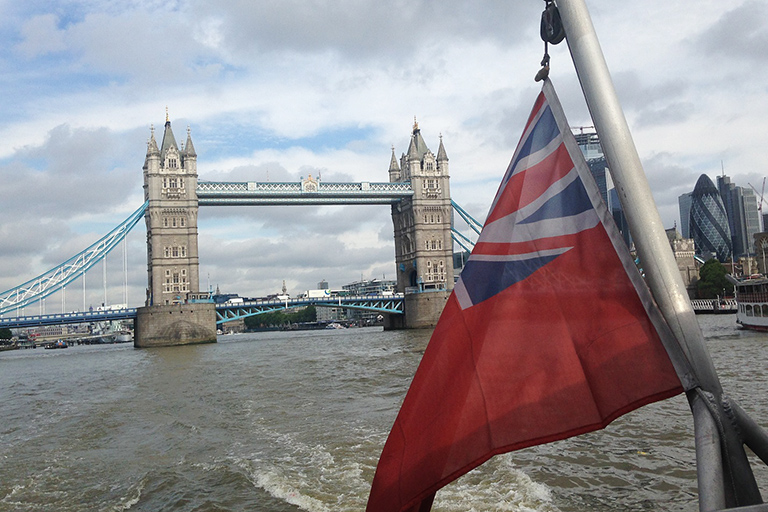
For someone interested in engineering and history, is there any place better than London to learn about the history of engineering? With in-depth studies in class and constant excursions throughout the city, I learned more about my field than I ever expected to within only a single month. The experience of following up a circuitry class with a trip to the word’s first computers can be paralleled only by following up a thermodynamics class with a trip to the word’s first steam engines. The repetition of flipping directly between pencil-and-paper academia and monumental realities added the kind of enrichment that is absolutely pivotal in any student’s college career, and it certainly has been for mine. As I had the opportunity to see the Herculean tasks that engineers of antiquity have completed, like Brunell’s underwater tunnel alongside modern marvels like the Thames flood barrier, I couldn’t help but be flooded with both admiration for how much good engineering can do and anticipation for how the field will develop as I move further into my career.
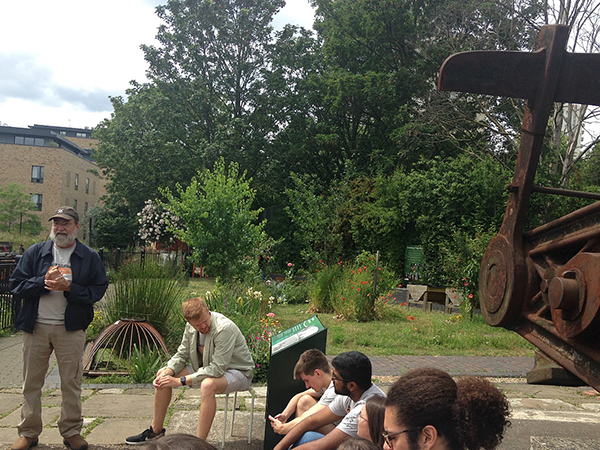
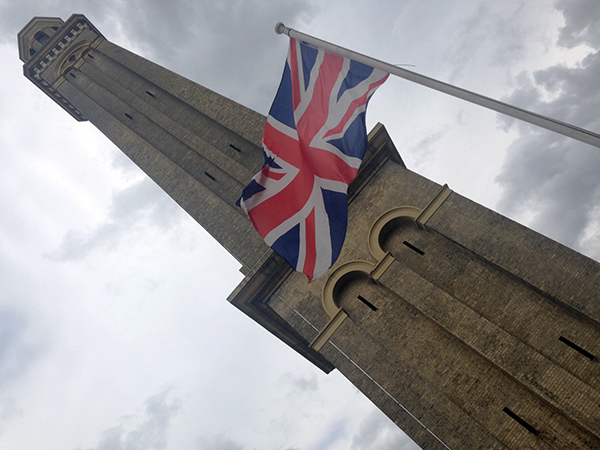
This trip was more than just education into my department, but also into the extensive culture of England through entertainment, art, conflict, and history. With one night spent at the Globe Theater watching live Shakespeare and another at Harry Potter Studios learning the magic behind the movies, the whole world felt like a stage. But the most enthralling part of the city for me had to be how dense London was with museums: The British Museum, the Museum of Natural History, the Science Museum, Victoria & Albert Museum, art museums, war museums, the Crown Jewels! I couldn’t get enough, and I only wish I had another month to explore all that the city had to offer.